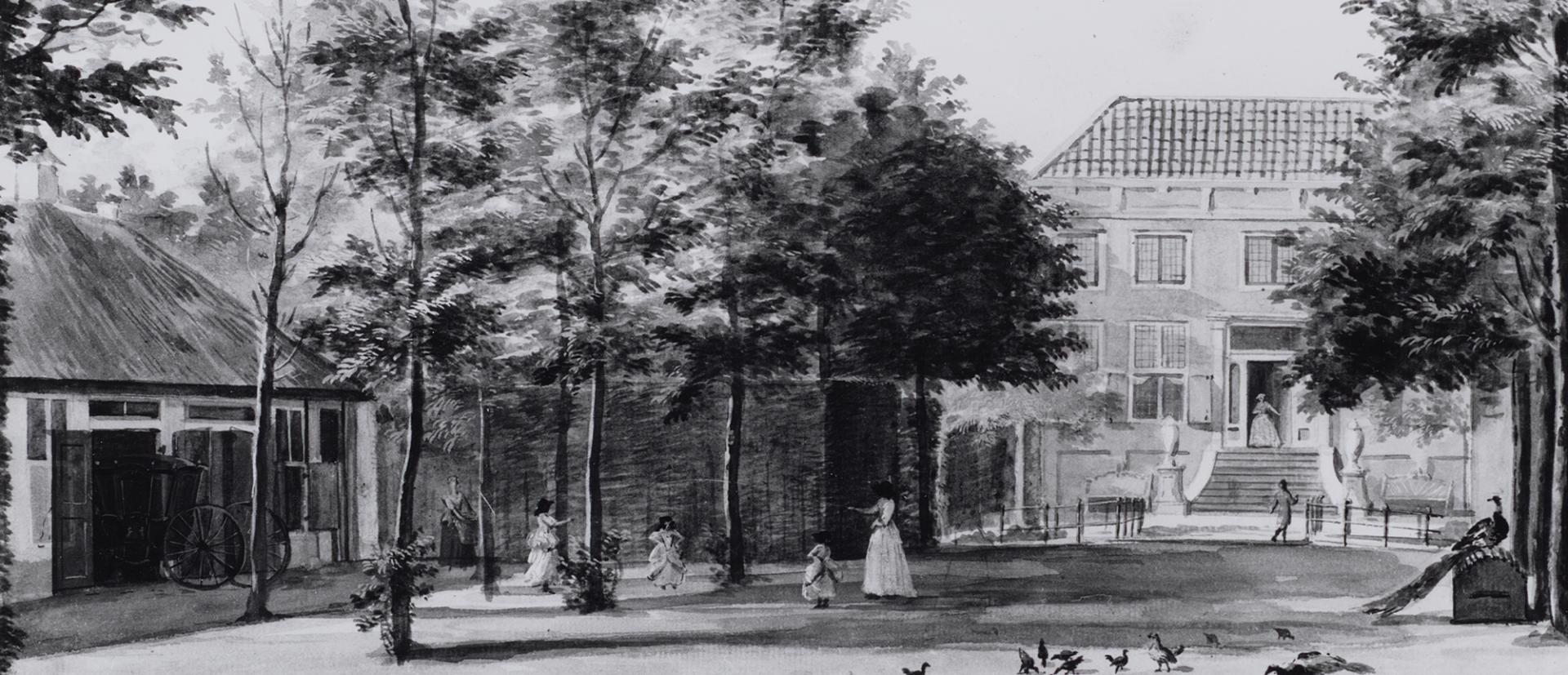Help the RKD make its visual documentation accessible

The crowdsourcing platform through which the RKD aims to make its visual documentation accessible worldwide without disclosing privacy-sensitive information has now been opened. Anyone who wants to contribute to this project can sign up as a volunteer.
Visual documentation
A few years ago, the RKD decided to digitise its entire collection of visual documentation of nearly 5 million images. In 2018, RKD staff began preparing to scan the images. For every document, the front and back was recorded, as there was often valuable information written next to or on the back of the document containing the images. This digitisation project was completed in the summer of 2022. It resulted in more than 9 million scans.
AVG-Privacy law
Although this project allowed for the millions of images to finally be made available digitally, the scans could not simply be put online. On May 25, 2018, the privacy law General Data Protection Regulation (‘Algemene Verordening Gegevensbescherming’ in Dutch, hereinafter referred to as AVG) came into effect. This law determines how organisations must handle personal data. This data can only be made public under certain conditions. The objects within the RKD's digitisation project are multifaceted and collected over a long period of time. There is a variety of items, not only cardboard with pasted on images, but also images from auction catalogues and all kinds of correspondence, e-mails, letters, postcards, etc. In addition, the comments and notes accompanying the images also contain information about the owners of artworks. This means that personal information of individuals that are still alive appears regularly on these scans. Thus, under the AVG-legislation, this information may not simply be put online.
Crossing out information
The RKD's visual documentation is of immense value to art historical research. Fortunately, the scanned images can be made public when the personal data has been blacked out. With millions of scans, this is a huge undertaking. To minimise the manual labor involved, a process was devised in which OCR is used to check the texts for certain keywords and exceptions. The scans selected by the computer must be reviewed for personal information by a human eye. Subsequently, this information will be masked. Currently, the RKD is hard at work on this project. But to accelerate the process, a crowdsourcing project has now been launched. The project will rely on volunteers to check the scans selected by the computer and the computer's suggestion of words to be blacked out.

3. Aert Schouman, The House at Meerdervoort, Dordrecht, 1740, collection Regionaal Archief Dordrecht
Volunteers needed
That is why the RKD needs your help. Contributing to this project means getting to know the RKD's diverse collection of visual documentation, from Hofstede de Groot's seventeenth-century collection, Lugt’s catalogues and Van Beresteyn’s portrait iconography all the way to the modern and contemporary art. In doing so, you will play an indispensable role in uncovering one of the most important art historical collections in the world. Moreover, within that world you will have the opportunity to experience the special collection of the RKD. Anyone who likes a challenge and enjoys contributing to a substantive project can volunteer. How much time you spend and how long you participate is completely up to you.
Creating an account
- To create an account and log in, register here with a username and password. Next, a registration screen will appear. Username, Password and Email address are obligatory fields. All others are optional.
- After logging in a brief description of the project will appear. To go to the crowdsourcing platform, click on Dashboard.
- On the dashboard you will find more information on the project and instructions for entering data (in Dutch: Invoerinstructies).
- If this is your first time entering data, please read the instructions for entering data carefully, so that you have a clear understanding of what is expected of you.